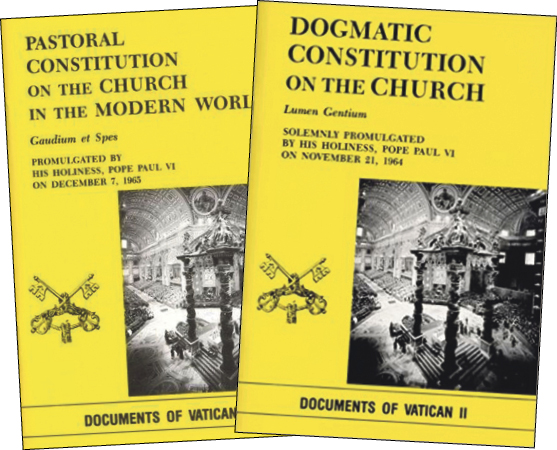NauMai September 2021
Fr James B Lyons
It is approaching 60 years since the opening of the Second Vatican Council (1962–65) and we are still discovering what it was all about.
The initiative of Pope Francis to invite ‘all the baptised’ to participate in a process that will ensure the 2023 Synod of Bishops reflects the voices of the people, is a result of further mining of the Vatican II gold field!
Towards the end of its final session in 1965, the Council issued a Pastoral Constitution on the Church in the Modern World. With its emphasis on a pastoral approach to living in and meeting with the World, it complemented the Dogmatic Constitution on the Church which was promulgated a year earlier, 1964. Both documents provide an analysis of the nature of the Church, its structure and purpose, its call and its connection to those outside its embrace.
From a dogmatic perspective, the Church could define herself from the tradition handed down; there was safety and security in such an approach. Pastorally, it was a different matter. This would require engagement with issues and situations outside the official structures. It was Cardinal Suenens (Belgium) who urged the Council to include this pastoral approach by facing the question, Church of Christ, what do you say of yourself?

The answer would take the Council Fathers into a more complex arena than that traditionally explored when defining the Church’s inner nature. The Church’s relationship to the world at large could not be avoided if a full, faithful and relevant definition was to be achieved.
The opening words of the Pastoral Constitution (Gaudium et Spes) are among the most quoted of all the Council’s statements. They clearly identify the Church with human reality: The joys and the hopes, the griefs and the anxieties of the men (sic) of this age, especially those who are poor or in any way afflicted, are the joys and hopes, the griefs and anxieties of the followers of Christ. Indeed, nothing genuinely human fails to raise an echo in their hearts.
The Constitution has the Church ‘truly and intimately linked’ with humankind and its history. It affirms the non-condemnatory nature of the Council by proclaiming the Church as the follower of the One who came among us ‘to rescue and not to sit in judgment, to serve and not to be served’.
The Council wanted to ‘open the windows’, promoting a two-way conversation with the world and began a yearning in the hearts of Catholics for a greater say in the life of the Church. Pope Paul VI introduced the four-yearly Synod of Bishops as an immediate response to this, but they have struggled to be truly representative and their agendas, for the most part, have been carefully controlled.
Since his arrival in 2013, Pope Francis has urged us to take personal responsibility for our faith and for all ‘the People of God’ – not just bishops – to work together, collaborating, planning and showing the relevance of the gospel in today’s world.
This month (September 2021) the ‘Preparatory Document’ for the 2023 Synod is published. With its emphasis on ‘Communion, Participation and Mission’, it promises to open the windows even wider, broadening the conversation, perhaps even stretching the horizons.
There is much to be done over the next two years, and none of us can say we weren’t invited to be involved.
Fr James B Lyons is a Wellington priest.